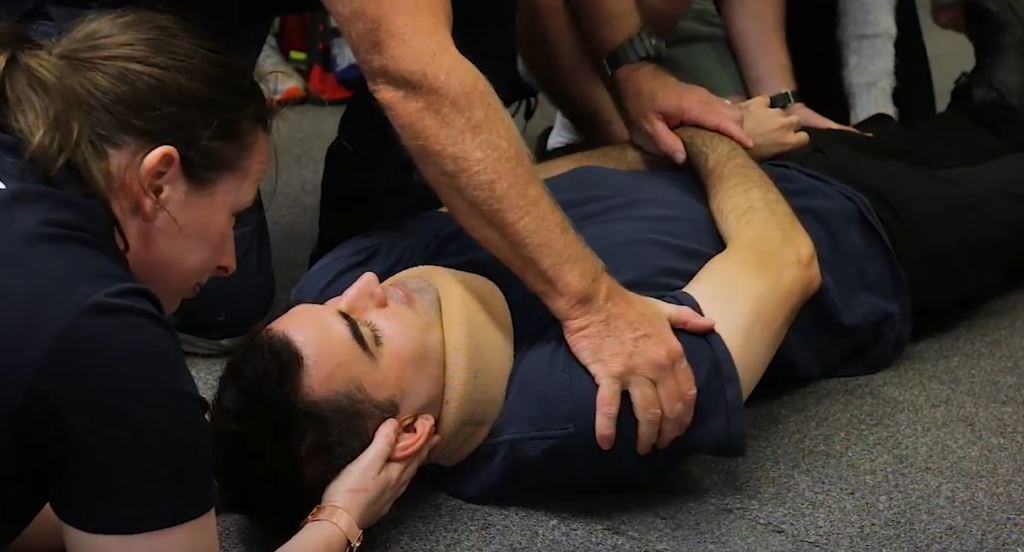How to become a Paramedic/medic in Australia
Do you want to learn how to become a paramedic in Australia? Well, read on. Pursuing a career as a paramedic is both accessible and rewarding and there are currently over 25,000 paramedics in Australia, with the number growing year-on-year. This profession involves delivering critical patient care during medical emergencies, often serving as the first point of contact in pre-hospital care.
Paramedical study has never been more accessible and affordable than it is today. If you’re passionate about improving your life opportunities and you’ve decided this is the career you want, then you’re ready to take the next steps. Training to become a Paramedic is not for everyone, this is why here at Paramedicine Online, we take the time to explain;
- which courses you can do
- the type of study required; and
- the jobs you can do when you’ve gained a paramedicine qualification
Gaining essential pre-hospital emergency health care qualifications means you’ll be setting yourself up for a good opportunity to get that dream job, and you’ll also be able to see how to develop your career. More than just choosing a career that suits your needs today, you have to consider the next 5-10-20 years ahead of you. Anything can happen in life, with often unexpected outcomes, so it pays to be well aware of your choices, and if you want to learn how to become a paramedic, you should give it a good crack!
The two study pathways to become a Paramedic
- The first way you can become a paramedic is by studying a Vocational Education and Training (VET) diploma with a Registered Training Organisation (RTO), then going to university to complete the degree.
If you complete your training at this level:- You can start working in the private sector within 12-18 months, or even as you study
- You can complete about 90% of your training online
- You can use the HLT51020 – Diploma of Emergency Heath Care to apply to study the Bachelor of Paramedic Science degree at university.
- The second is by applying directly to university and studying a Bachelor of Paramedic Science.
Benefits of completing a diploma first:
- Learn from home via a purpose-built online learning platform.
- Take your time with study. Be flexible in where and when you study.
- Very low cost of entry compared to university fees.
- Spread the cost of your course by choosing from different payment plans.
- Less risk to you financially if you decide this type of training/career is not for you (although, if you study only part of a diploma, what you will learn can be transferred into other courses; and/or be so valuable to your life in terms of communication, awareness and general intelligence improvement).
- Choose how you study online; using a tablet, laptop, desktop or smart phone. There’s plenty of free apps to help you learn fast.
- Options to download the full course materials and print it out for a more casual approach to learning.
- No previous academic qualifications and no pre-requisites needed (although you do need an acceptable level of literacy, numeracy and language skills).
- Become a private sector First Responder/Basic Life Support Medic in 12-14 months with the HLT41120-Certificate IV in Health Care, 18-24 months for HLT51020 – Diploma of Emergency Health Care which builds on the skills learned in the HLT41120 – Certificate IV in Health Care.
- Study the HLT51020 – Diploma of Emergency Health Care and apply to university to study the Bachelor of Paramedic Science, which is required if your ultimate goal is to become a registered Ambulance Paramedic.
- Study credits can be awarded by some universities. Many students have benefited by receiving up to 30% credit towards the degree. Meaning they have less topics to study and there could be some savings on university study fees too. Every university is different, so it really does pay to do your own research.
Pre-hospital emergency health care is one of Australia’s fastest growing industries. Now is a great time to make some enquiries and see if this is something you’d really enjoy.



